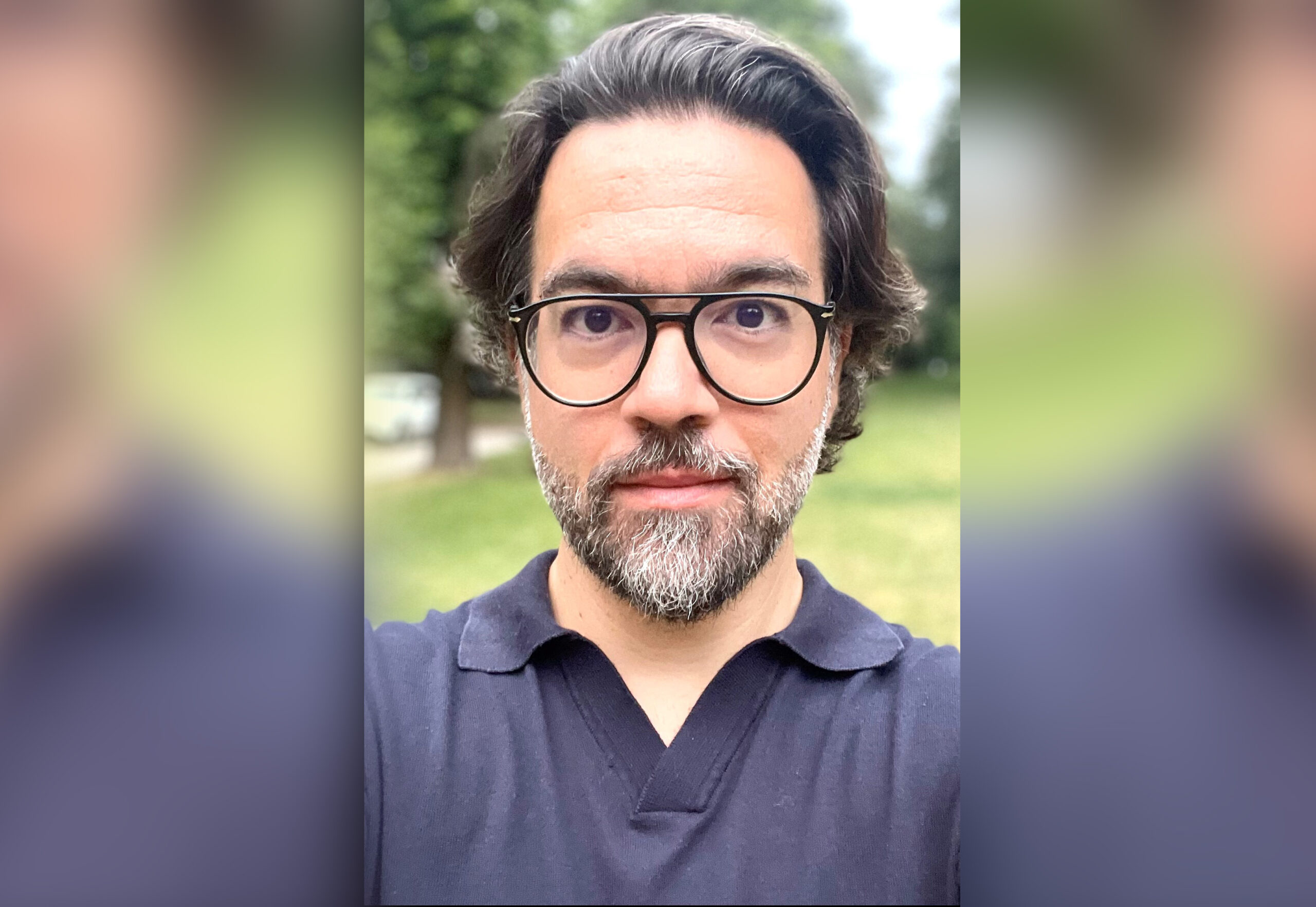Cassandra, diagnostics, data and images

Dr. Juan Carlos Trujillo, Head of the Joint Thoracic Surgery Service of the Hospital Sant Pau and the Hospital del Mar (Barcelona). Co-coordinator of the Cassandra Lung Cancer Screening Project
In the field of cancer, lung cancer causes the most deaths: every 20 minutes a person dies from this cause, and in Spain alone, about 30,000 new cases are diagnosed each year, of which an estimated 80% are related to cancer. . smoking. On the other hand, one of the reasons that justifies such a high mortality rate is that it is a “silent” disease, in most cases asymptomatic until it reaches a locally advanced or very advanced stage.
We therefore have two ways to reduce these mortality rates: improvements in smoking cessation (primary prevention) and early detection through screening among people at risk. And with these two objectives in mind, the Cassandra project (cancer screening, smoking cessation and respiratory assessment) was born, developed by the Spanish Society of Pneumology and Thoracic Surgery (Separ) and developed in collaboration with all medical societies involved in diagnosis, treatment and research in lung cancer, primary care scientific societies and organizations of patients suffering from this pathology.
Low-dose CT screening has been shown to detect lung cancer at early stages.
This is a pilot initiative that aims to demonstrate the viability of screening in the Spanish health system, full of particularities, over the next five years. How? By providing scientific data and technical and economic data to help implement a screening program for this disease on a national scale. Something that, on the other hand, has already been studied in other parts of the world, such as the United States or neighboring European countries such as the United Kingdom, Italy or Germany.
In particular, screening with low-dose CT has been shown to detect lung cancer at an early stage. Randomized clinical trials with a sample size of about 50,000 patients have shown reduced mortality rates and greater survival with a better quality of life for those suffering from the disease.
At the same time that we are analyzing the feasibility of a screening pilot project in Spain, with Cassandra we also want to demonstrate the benefits of combining it with primary prevention, that is, with smoking cessation formulas. And take advantage of these resources to treat other common pathologies in smokers: chronic obstructive pulmonary disease (COPD), pulmonary emphysema, interstitial diseases and even non-pulmonary pathologies such as ischemic heart disease, etc.
With Cassandra we also want to demonstrate the benefits of combining it with primary prevention, that is, with smoking cessation formulas.
We strongly believe that this initiative will help us to detect and monitor more cases of respiratory diseases more effectively. It will also raise awareness among a larger number of smokers about the possibility of effective smoking cessation. It will also be a good opportunity to obtain more data that will help us analyze the cost-effectiveness of screening and create patient profiles based on the geographic region in which they live.
In fact, this is another goal of Cassandra: to lead to the creation of a national registry with epidemiological data and screening results, as well as an online image bank that provides the necessary information to create a risk model. The biggest benefit of creating a risk model is the ability to more accurately select cases for testing. All this information is needed by the national cancer strategy to be able to integrate these screenings into the national service portfolio, similar to those already implemented for the early detection of breast, colon and endometrial cancer.
Although the results will not be available for at least five years, we believe that Spain must prepare the ground for the implementation of this project in a broad sense, just as other countries around us are doing it with good results. To do this, it must consider investing more resources in prevention by expanding its teams of specialists, its technological and diagnostic imaging equipment, such as Fujifilm Healthcare equipment, so that screening does not negatively affect existing health activities. . ready. A path that will improve health care for everyone.